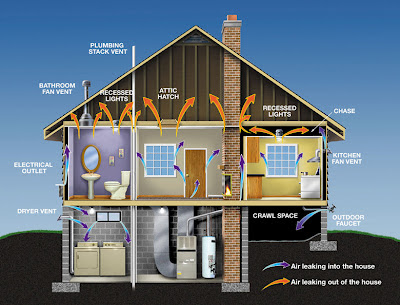Goal Zero Event @ New West Marketing
Location: 4029 South Main Street, SLC, UT
Dates: Thursday, June 7th from 4:00 pm to 8:00 pm
Saturday, June 9th from 9:00 am to 1:00 pm
Message from Bart Greenwell, Partner, New West Marketing...
 I wanted to let you know that...we have increased our Goal Zero
emphasis and we are working very hard to make Goal Zero affordable to everyone
for their emergency preparedness planning.
I wanted to let you know that...we have increased our Goal Zero
emphasis and we are working very hard to make Goal Zero affordable to everyone
for their emergency preparedness planning.
As a result of our focus we have
decided to do a Goal Zero event at our office located at 4029 South Main Street
in Murray/Salt Lake City. This event will be held on Thursday, June
7th from 4:00 pm to 8:00 pm and again on Saturday, June
9th from 9:00 am to 1:00 pm.
We are working hard to get the word out
about this event to as many church and neighborhood groups as possible (feel
free to forward along).
We will have the full line of exciting Goal Zero
products on display, including the new Yeti 1250, for anyone to see who attends.
As you are probably aware the new Yeti 1250 “Solar Generator” will power a
microwave oven, small kitchen appliances such as mixers, fryers, crock pot,
electric grills, etc., or a refrigerator, freezer, and other important items in
regards to cooking and refrigeration. It will also run hair blowers and curling
irons.
The sale will operate in the same fashion as the Canyon Rim
Preparedness Fair event did. We will give everyone 1 week after the event to
place their orders, we will also take them on the spot. We will then place one
bulk order with Goal Zero.
The orders will be delivered to our office about 10
days after that order is placed. The exception being the Yeti 1250 as it is
currently on back order until mid to late July.
The pricing will be the same
incredible pricing structure we offered at the Canyon Rim Preparedness Fair with
the exception of the Yeti 1250 which Goal Zero has established a different
pricing structure. The price is still ridiculously low but a little bit
different structure than the rest of their product line.
As I mentioned to you
at the fair we are unable to publish the pricing anywhere on the web. If you
elect to put this information out to your group feel free to give out our phone
number and they can call into our office, or to my cell phone, for the pricing
structure. We will obviously have handouts at the event with pricing and will
also again offer a credit card payment option for a 3% fee.
Thank you for taking the time to read this and please call me
with any questions about this great event.
Bart
Greenwell
Partner
New West
Marketing
4029
S. State St. Salt Lake City, UT 84107
O:
801-506-0665
C:801-556-7252
F:
801-506-0668



